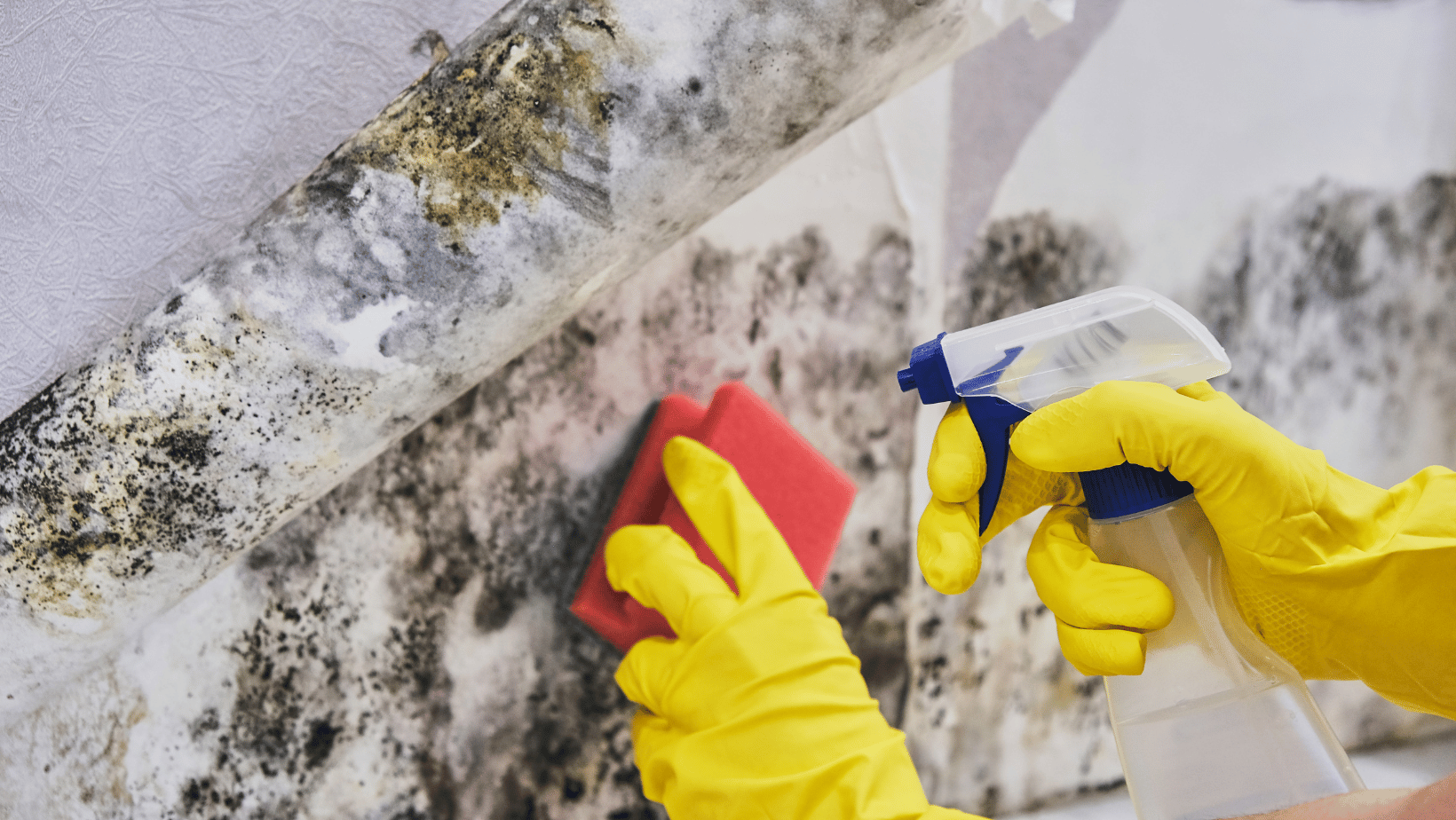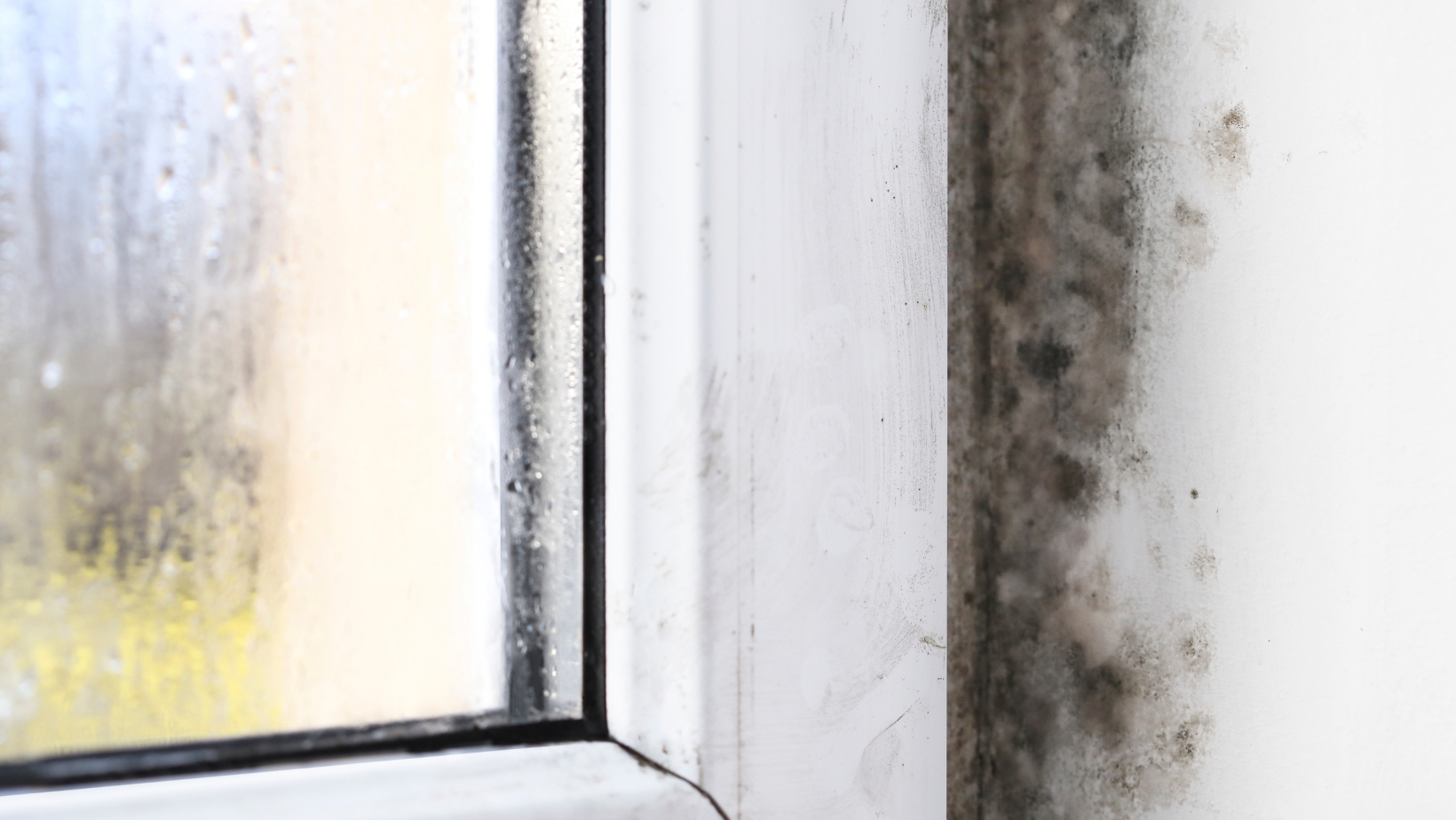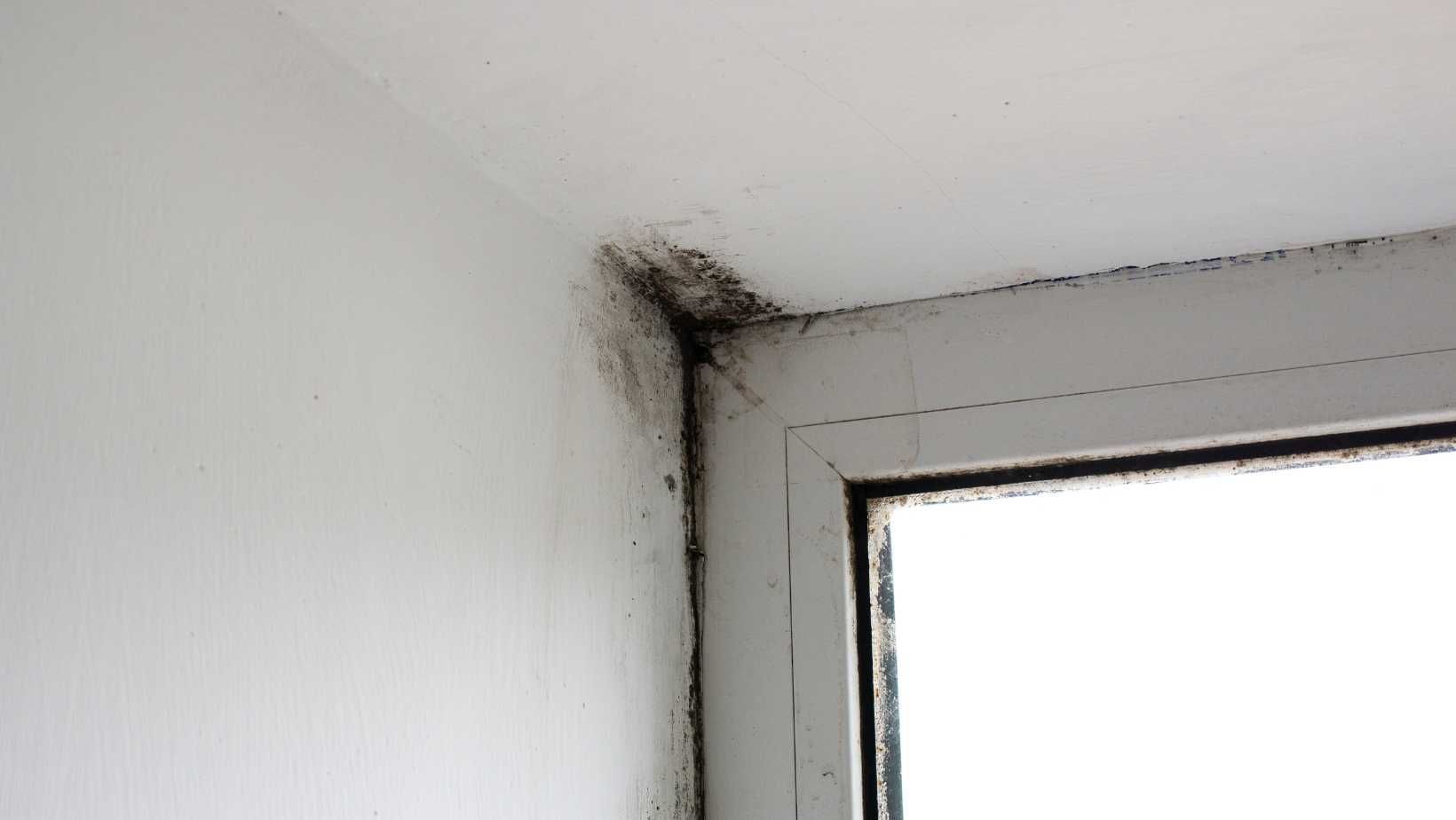Should I Be Concerned About Toxic Mold?
Is There Toxic Mold In Your Home?
Mold can be found just about anywhere, as it is a natural part of both indoor and outdoor ecosystems. Normal levels of mold are not something to worry about. It becomes an issue when mold begins developing excessively in an indoor environment. Naturally occurring outdoor mold spores are constantly coming in and out of your home through windows, doors, and can even be attached to your hair or clothing. Ideally, the indoor mold levels in your home should be lower than that of the outdoor levels. The environment can potentially become unsafe when indoor mold spore levels become more elevated than the outdoor spore count.
Is Toxic Mold A Cause For Concern?
Many homeowners come across the concern that their homes could be harboring toxic mold development. Before jumping to conclusions, it is imperative that you know that the term “toxic mold” can be rather deceiving. The use of this term implies that it is the mold spores themselves that are toxic. In reality, the term “toxic mold” refers to the mycotoxins that can be released by mold spores into the atmosphere. Mycotoxins can potentially be dangerous in individuals with sensitivities, causing health implications to those exposed. Any species of mold has the potential to be toxic to a person with sensitivities to that species. However, there are a few specific types of mold that are universally known to be potentially “toxic.” Chaetomium and Stachybotrys are two species of mold that are often referred to as the formidable “black mold” you may have heard about.
Toxic Mold & Health Hazards
Each individual person will experience different reactions to different species of mold, along with their duration of exposure and the concentration of the contamination present in their environment. It can be difficult to pinpoint the exact symptoms that one may develop, if any at all. Everyone’s immune system is different than that of the person next to them. As mentioned prior, Chaetomium and Stachybotrys are not the only two species of mold that have the potential to pose a health threat. Any species of mold can cause a reaction in an individual with sensitivities to that species. Symptoms of a reaction to “toxic mold” to look out for include:
- Trouble breathing and asthma flare ups
- Coughing, congestion, or chest tightness
- Sneezing, stuffy or runny nose
- Throat irritation
- Itchy, teary eyes
- Rash or skin irritation
Symptoms and their severity can vary in each individual.
Signs of “Toxic” Mold Development
Indicators of mold can appear in all different shapes, sizes, and colors. Here are some signs to look out for if you are concerned about toxic mold within your household.
Odor
Mold has a distinct, musty odor that often catches people off guard. This odor is difficult to cover up, and will persist until the source abnormal fungal development has been removed.
Visual Indicators
Mold can appear as a chalky, powdery substance that settles on surfaces of the home. It can also present in small splotches on walls and ceilings. Mold can be seen as black, white, brown, gray, and even pink or green. Excessive mold development in an indoor environment can occasionally be seen with the naked eye, without the use of special equipment.
Staining
Mold thrives off of moisture. This moisture source that is sustaining the mold development in your home can potentially cause dark, discolored staining on walls, floors, ceilings, and sometimes even furniture.
Remediating Toxic Mold
The number one thing to avoid doing when your home is experiencing potentially toxic mold development is to ignore it. Mold is opportunistic, and can develop in excess in as little as 24 to 48 hours after moisture is introduced. You do not want to wait to see if the issue gets worse. (Spoiler alert: it will.) The sooner you can contact a professional mold remediation company in your area, the sooner you will be able to resume your normal, toxic mold-free life.
To learn more about "toxic" mold prevention, or to schedule an inspection, call DryMax today!
You might also like
DryMax Mold Blogs




